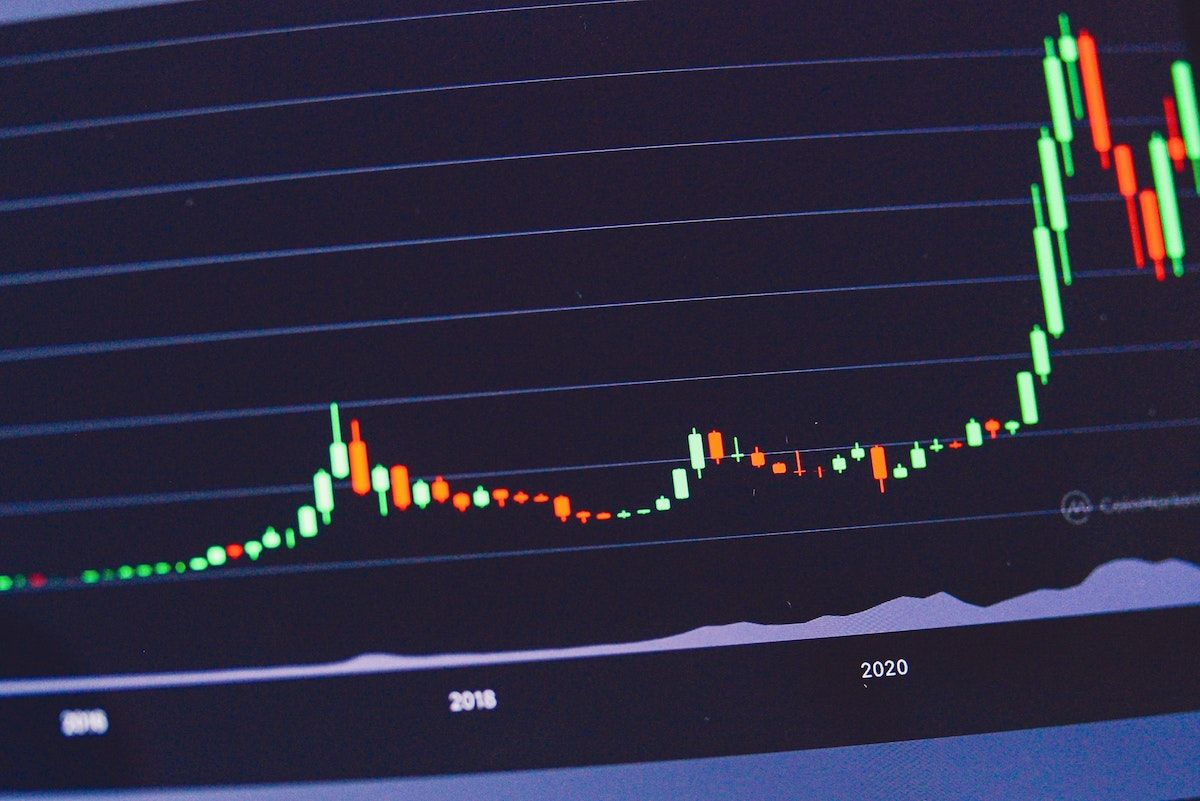Bitcoin Amidst Anticipated Fed Rate Cuts: A Temporary Hiccup or a Long-Term Setback?
The cryptocurrency world has been abuzz with the growing anticipation of a potential Federal Reserve interest rate cut. However, as we delve deeper into the intricacies of the digital currency market, it’s crucial to examine how such an economic event might impact Bitcoin, both in the short term and the long term.
Short-Term Headwinds for Bitcoin
When the Fed lowers interest rates, the U.S. dollar tends to weaken. This weakening dollar can lead to increased demand for dollar-denominated assets, such as gold and other commodities. Bitcoin, being a decentralized digital currency, doesn’t fall neatly into this category. In fact, it might face short-term headwinds as investors turn to traditional safe-haven assets during periods of economic uncertainty.
Moreover, lower interest rates can lead to increased borrowing and spending, potentially fueling inflation. Historically, Bitcoin has been seen as a hedge against inflation. However, during periods of high inflation, investors might prefer more established inflation hedges, such as gold or real estate, over Bitcoin. As a result, Bitcoin’s price could face downward pressure in the short term.
Long-Term Outlook: Bullish Momentum
Despite the potential short-term challenges, the long-term outlook for Bitcoin remains bullish. Lower interest rates can lead to increased liquidity, making it easier for investors to allocate capital into riskier assets, such as Bitcoin. This increased liquidity could lead to a surge in demand for Bitcoin as investors look for alternative investments to diversify their portfolios.
Furthermore, the Fed’s rate cuts are a signal that the economy is slowing down. In such an environment, Bitcoin’s decentralized and scarce nature becomes increasingly attractive. The limited supply of Bitcoin makes it a valuable store of value, especially during times of economic uncertainty. As such, the long-term trend for Bitcoin remains bullish, with many analysts predicting significant price gains in the years to come.
Impact on Individuals: Opportunity or Risk?
For individuals, the Fed’s interest rate cuts could present both opportunities and risks when it comes to Bitcoin. On the one hand, lower interest rates can make it easier to borrow and invest in Bitcoin. On the other hand, the potential for increased inflation could lead to higher prices for Bitcoin, making it a more expensive investment for those without the financial means to buy in.
Additionally, the short-term volatility of Bitcoin could make it a risky investment for some. However, for those with a long-term investment horizon and a willingness to weather market fluctuations, Bitcoin could offer significant returns in the years to come.
Impact on the World: A New Economic Paradigm
The implications of the Fed’s interest rate cuts on the world at large are far-reaching. Lower interest rates can lead to increased economic activity, but they can also fuel inflation and create currency instability. In such an environment, Bitcoin’s decentralized and scarce nature could offer a new economic paradigm, providing a stable store of value and a means of transferring value across borders without the need for intermediaries.
Moreover, the growing acceptance of Bitcoin by major corporations and financial institutions could further solidify its position as a legitimate alternative to traditional currencies. As such, the Fed’s interest rate cuts could be a catalyst for the widespread adoption of Bitcoin and other cryptocurrencies, fundamentally changing the way we think about money and value.
Conclusion: Riding the Bitcoin Rollercoaster
In conclusion, despite growing expectations of a Fed interest rate cut, Bitcoin may face short-term headwinds before gaining bullish momentum. However, the long-term outlook for Bitcoin remains promising, with many analysts predicting significant price gains in the years to come. For individuals, the Fed’s rate cuts could present both opportunities and risks when it comes to Bitcoin. And for the world, the implications of these rate cuts could be far-reaching, potentially ushering in a new economic paradigm where Bitcoin plays a central role.
So, buckle up and ride the Bitcoin rollercoaster. The ride might be bumpy in the short term, but the long-term view is nothing short of exhilarating.
- Interest rate cuts can lead to increased demand for dollar-denominated assets, putting downward pressure on Bitcoin in the short term
- Lower interest rates can create increased liquidity, making it easier for investors to allocate capital into riskier assets like Bitcoin
- Bitcoin’s decentralized and scarce nature makes it an attractive store of value during periods of economic uncertainty
- Lower interest rates could lead to increased inflation, making Bitcoin a more expensive investment for some
- The growing acceptance of Bitcoin by major corporations and financial institutions could further solidify its position as a legitimate alternative to traditional currencies





